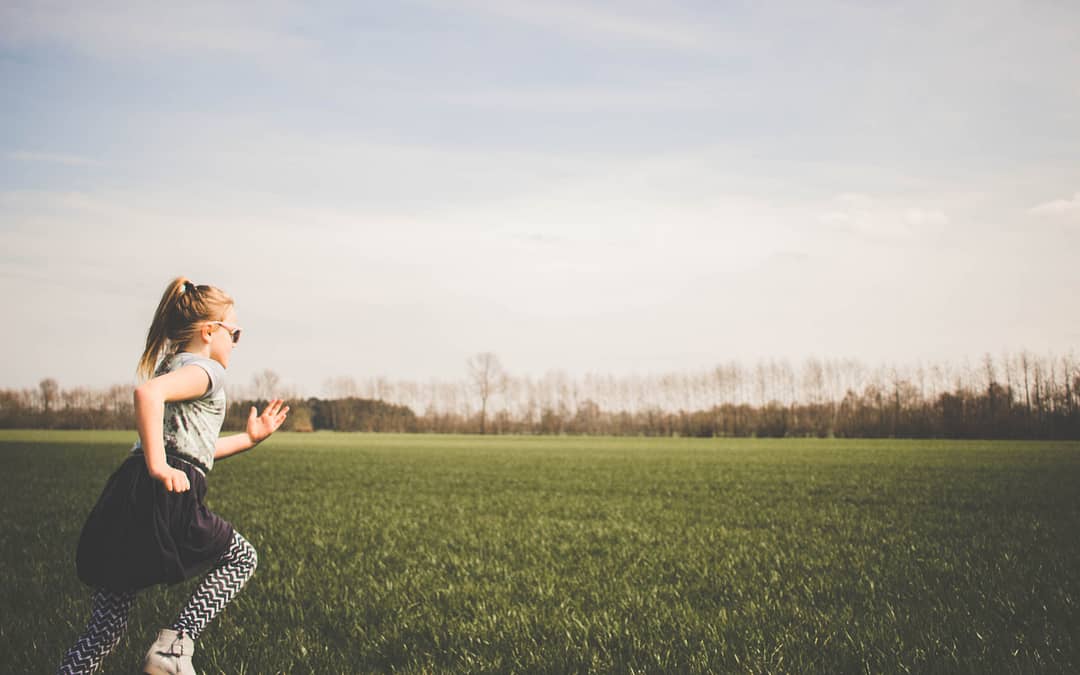Maintaining a healthy and active lifestyle in early years is crucial for growth and development. Research has shown that if physical activity is incorporated in to a child’s life from early on, they are more likely to be physically active throughout their adult life. Childhood inactivity can have serious consequences in adulthood including the increased risk of obesity, heart disease, diabetes and stroke. This means that, by developing active behaviours at a younger age, we can support the next generation in leading happier and healthier lives.
The Early Years Foundation Framework (EYFS) states that children should have opportunities to engage in physical activity in both indoor and outdoor settings. Depending on the age of the children, the level of intensity varies. Babies under 1 year old, should be encouraged to be active in a safe and supervised environment through a variety of ways such as crawling or tummy time. Toddlers and pre-schoolers should be physically active for at least 3 hours a day. This involves light activity such as playing and standing up as well as active play such as running, riding a bike or using a climbing frame.
Benefits of Physical Activity
Physical activity has many health benefits for children including:
- Increasing their muscle and bone strength
- Improving coordination
- Supporting them in maintaining a healthy weight
- Better quality of sleep
- Develop fine motor and gross motor skills
- Develop problem-solving skills
- Social advantages by encouraging the children to take turns and cooperate with others
- Alleviate stress and develop their emotional-wellbeing
How to incorporate physical activity in to Early Years?
Plan activities to promote physical development – The EYFS states that physical activity should be incorporated in to activities; the children should be encouraged to spend as little time as possible sitting. Make sure that you provide the children in your setting with sufficient time to use equipment and resources to develop their gross motor skills. You should also model active behaviour for the children by getting involved in fun activities!
Work in partnership with parents – By working in partnership with parents, this will help to ensure that children get the recommended amount of active time each day. Discussing with parents a child’s interests at home, can ensure that these are incorporated into planning activities in the setting. You can also offer advice to parents on how to keep their child active.
Healthy Eating and Meal Times – Healthy eating is an important part of living a healthy and active lifestyle. During meal times, discuss the food that the children are eating and why it is important to eat the right food to keep our bodies fit and healthy. Growing fruit and vegetables in your setting is also a great way to encourage children to gain interest in the food that they are eating. Additionally, discuss the different food groups and encourage the children to create their own healthy meal using art and craft materials.
Overall, physical activity and movement are essential parts of the learning, growth and development of young children. You can make a huge difference to a child’s life by ensuring that children are physically active.
Useful links
Early Years Physical Activity resources from the National Centre for Sport and Exercise Medicine – https://www.ncsem-em.org.uk/get-active/guidelines/early-years-physical-activity-guildeines/
Active Matters is a dedicated site for physical development in the early years – https://www.activematters.org/
NHS guidelines for physical activity guidelines for children (under 5 years) – https://www.nhs.uk/live-well/exercise/exercise-guidelines/physical-activity-guidelines-children-under-five-years/

